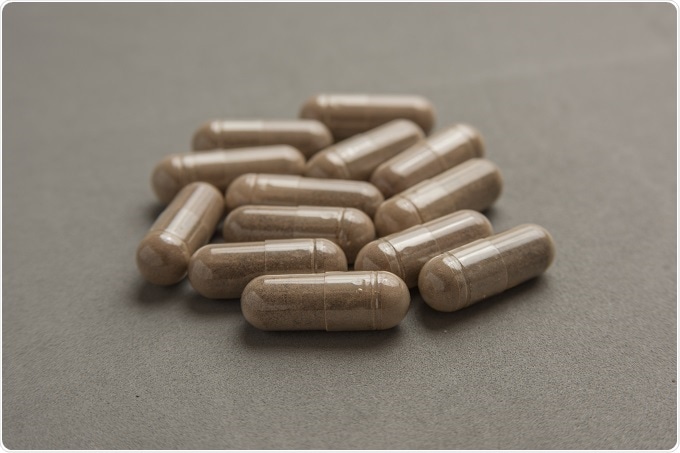A recent case study published by Centers for Disease Control and Prevention highlighted that capsules of dehydrated placenta prepared for human consumption can be a source of infectious agents.
 Credit: Nick Lundgren/Shutterstock.com
Credit: Nick Lundgren/Shutterstock.com
There has been a recent surge in human placentophagy —placenta eating. Since there is no scientific evidence to support the purported physical and psychological benefits of the practice, it is thought to have gained popularity as a result of promotion in the media and celebrity endorsement.
There are recipe books providing suggestions for including placenta in meals, and for the more squeamish there are companies who will dehydrate placenta and return it in capsulated form.
Although such companies do request information on pre-existing infections, eg, HIV, chlamydia, hepatitis, they do not ask about infections at the time of giving birth. In addition, because of the relative newness of the procedure, there are no standards in place to ensure the safety of placenta processed for human consumption.
The placenta is rich in hormones, such as progesterone and estrogen, and nutrients, such as iron, which may be beneficial during recovery from child birth. However, the quantity of these hormones and nutrients in placenta and the extent to which they survive cooking and dehydration remain unknown.
Furthermore, the placenta also acts to prevent potentially harmful products from reaching the fetus, and so may contain toxins as well as the hormones and nutrients. There are currently no placebo-controlled data to confirm whether or not consuming placenta does have benefits in humans, although a trial is currently underway.
An infant born last year after an uncomplicated pregnancy developed respiratory distress shortly after birth and was treated for presumed sepsis. Blood cultures from the baby were found to be positive for an antibiotic sensitive group B Streptococcus agalactiae (GBS) despite negative maternal screening for the bacteria.
The infection was cleared with a course of antibiotics and the infant was discharged. The infant was readmitted 5 days later and found to have the same GBS infection. The source of the infection was a mystery as neither CSF nor breast milk nor serial maternal examinations revealed GBS.
The treating physician then learnt from a physician at the birth hospital that the mother had requested release of the placenta at the time of delivery. The mother confirmed that her placenta had been processed by a third party and she had been taking two capsules of the dehydrated placenta three times daily.
Analysis of these capsules was positive for GBS. The capsule bacteria were shown to be genetically identical to those in the infant's blood samples.
The infant was treated with a different type of antibiotics and discharged. The final diagnosis was late-onset GBS disease attributable to high maternal colonization secondary to consumption of GBS-infected placental tissue.
This case study suggests that consumption of contaminated placenta capsules might increase maternal GBS intestinal and skin colonization, whereby increasing the risk of transferring the bacteria to her infant. In cases of late-onset GBS infection in new-borns, clinicians should investigate whether there is a history of placenta ingestion. Expectant mothers interested in placenta encapsulation should be made aware of the potential risks.
The placenta encapsulation process does not eradicate infectious pathogens and so consumption of placenta capsules should be avoided.